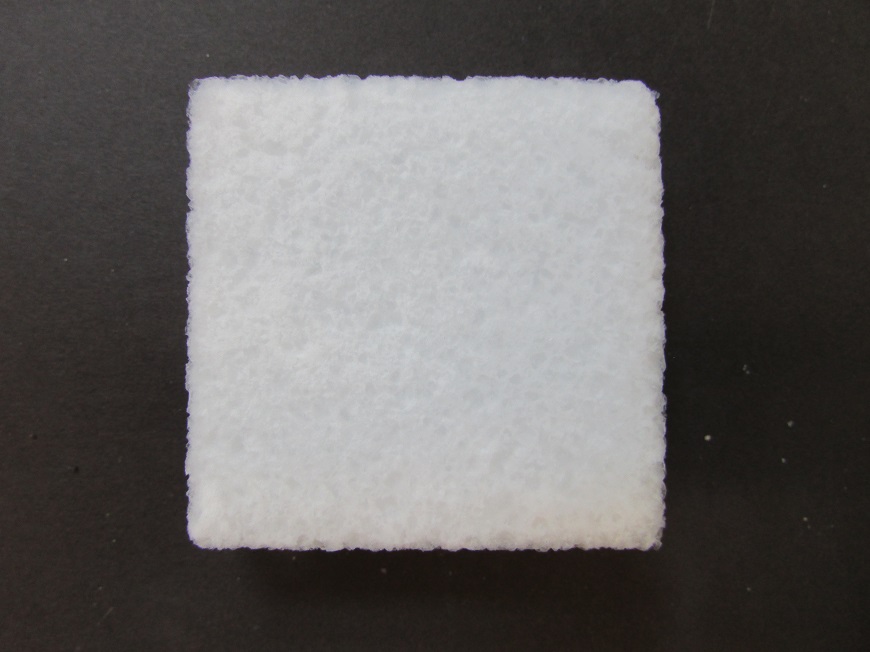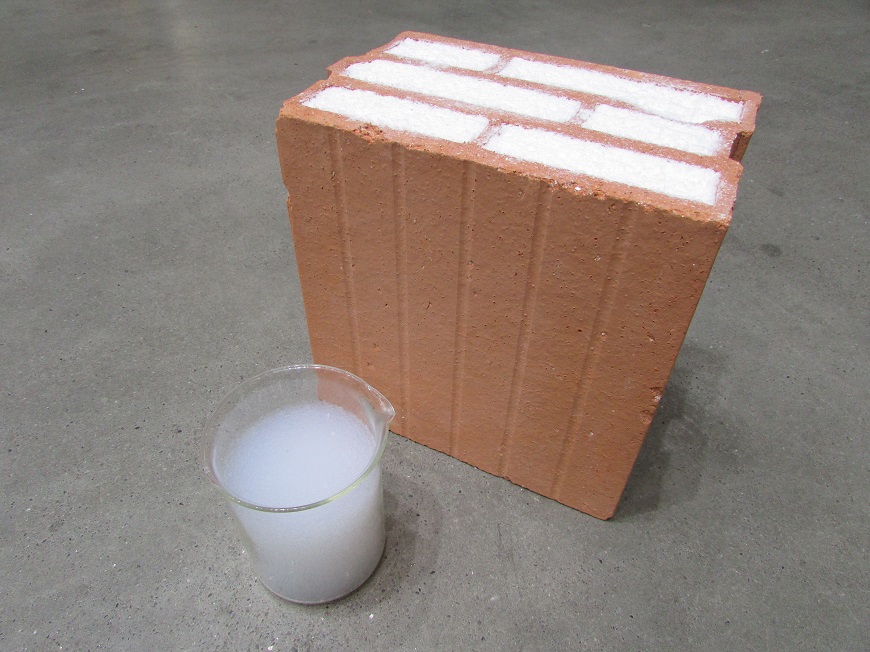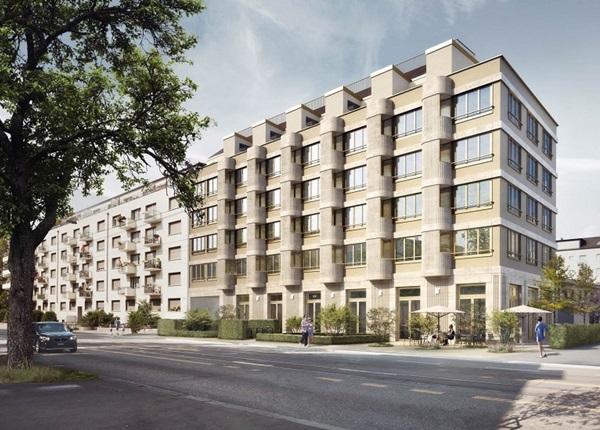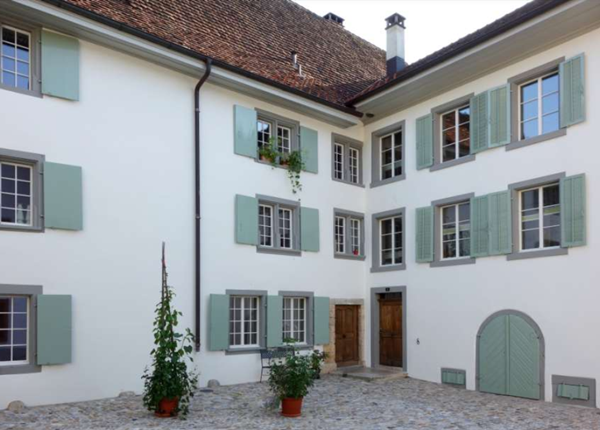Building Integration
The group focuses on the three key areas of high-performance aerogel insulation, sustainable insulation materials and user-building interaction.
Silica aerogel insulation
Silica aerogels are ideally suited as insulation materials for buildings, due to their extremely low thermal conductivity in combination with being vapour-permeable, hydrophobic and for some products non-flammable. We work on developing new aerogel materials and solutions for application in buildings.
Due to the mentioned properties, aerogel materials are ideally suited for the retrofit of historic buildings. Here, thin layers of the material can have a large impact on energy efficiency and comfort while keeping the appearance of the building the same. This is not possible with conventional insulation materials. A detailed discussion of the use of aerogel in heritage buildings is given in Ganobjak et al., 2020. Aerogel materials for heritage buildings: Materials, properties and case studies. Journal of Cultural Heritage 42, 81–98. https://doi.org/10.1016/j.culher.2019.09.007
Thermal superinsulation in general, and aerogel specifically, is also a good material choice to increase densification of inner city areas. In fact, where space is limited and expensive, for example in many Swiss cities, aerogel can generate additional financial value by creating more usable space inside a building (Wernery et al., 2021. The economics of thermal superinsulation in buildings. Energy and Buildings 253, 111506. https://doi.org/10.1016/j.enbuild.2021.111506). Together with AGITEC AG and ERNE Holzbau AG we developed an ultrathin aerogel-wood element which is ideally suited for these contexts.
One impediment to the usage of aerogel in the building sector is the lack of knowledge on aerogel materials and products with building professionals. Because risks and potentials of these new materials are not known widely in the sector, many opportunities are missed where aerogel would bring an added value in terms of comfort, energy or financial savings. To ameliorate this situation, Empa has created an independent website that provides information on the most common aerogel products available in Switzerland. Furthermore, examples of applications in the build environment are given. The website is geared specifically towards building professionals and can be found here: www.aerogelanwendungen.ch
Also outside of the building sector, for example in transportation such as trains, aerogels can provide otherwise impossible solutions.
Sustainable insulation materials
In order to achieve a carbon neutral building industry by 2050, it is crucial that we develop building materials with a very low or even negative greenhouse gas footprint. Plant-based and other locally available natural materials are ideal sources for sustainable insulation materials. Our goal is to create materials and products that are competitive with current conventional insulation materials, so that the relatively high greenhouse gas emissions of these can be avoided.
User-building interactions and building energy decision making
At Empa's living lab, NEST, we explore user behaviour and the interactions between users and buildings with the goal to better understand the needs of users. This understanding should then be used to increase user comfort and reduce the building operation footprint at the same time - a hypothesis to be verified at NEST.
We also study decision making in the context of building energy and sustainability. One finding is that an understanding of cognitive biases - these are systematic deviations from purely rational behaviour - in building energy decisions can be used to increase sustainability (Rakitta & Wernery, 2021. Cognitive Biases in Building Energy Decisions. Sustainability 13, 9960. https://doi.org/10.3390/su13179960).
With these research activities, we also want to leverage existing sustainable technologies that are not used effectively enough to increase sustainability in the built environment.
Key Projects
In our projects, we cooperate with partners both from industry and academia in order to develop new building materials and solutions. We dispose of a strong knowledge base in compounding of aerogel granules that allows us to tailor for specific applications as well as an understanding of insulation materials in general which we apply for the creation of low-eco-impact materials.






